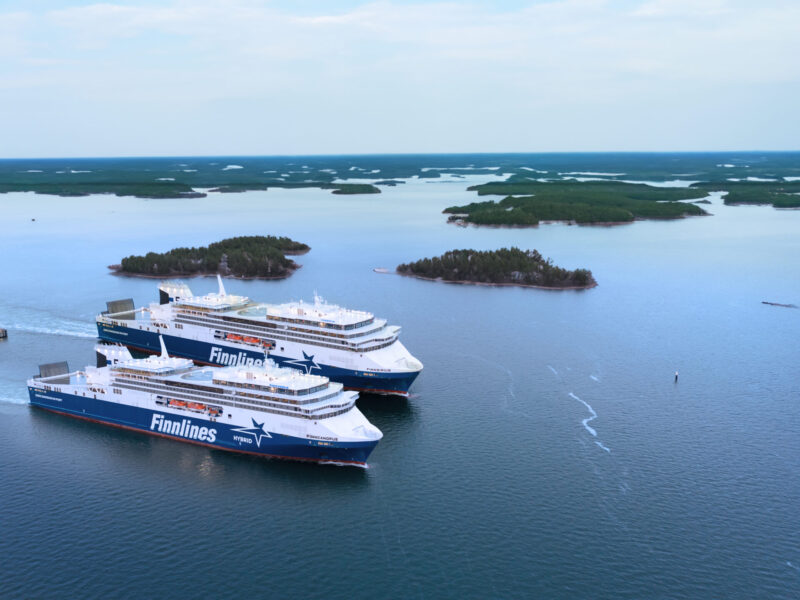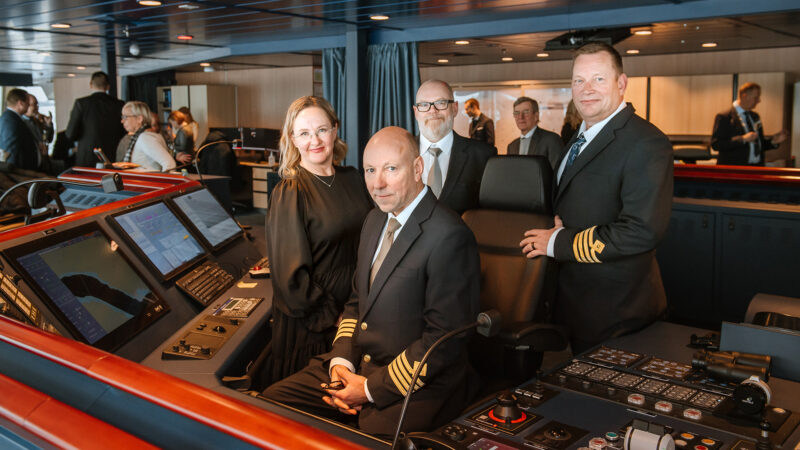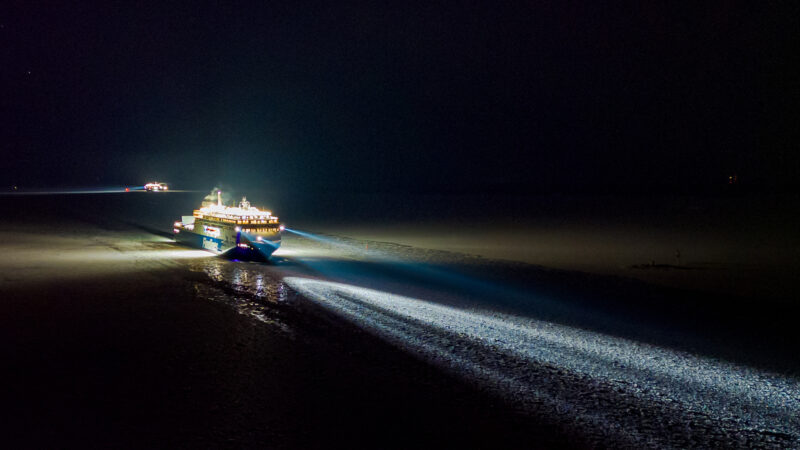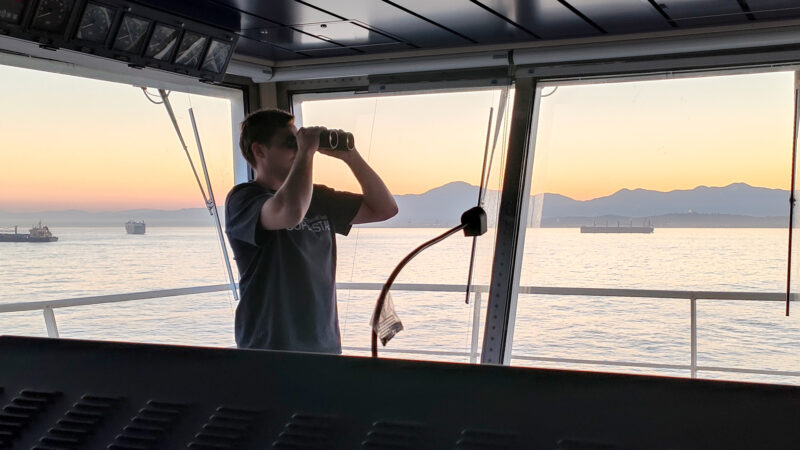Suez Channel Crossed – Finnsirius Sets Sail in the Mediterranean
One of the most exhilarating chapters of Finnsirius’ homeward voyage, the transit through the Suez Canal, has been successfully completed. The crew is brimming with excitement as the shores of Europe come into clear view on the horizon. In this post, we will recount the passage through the Suez Canal and how it all unfolded.
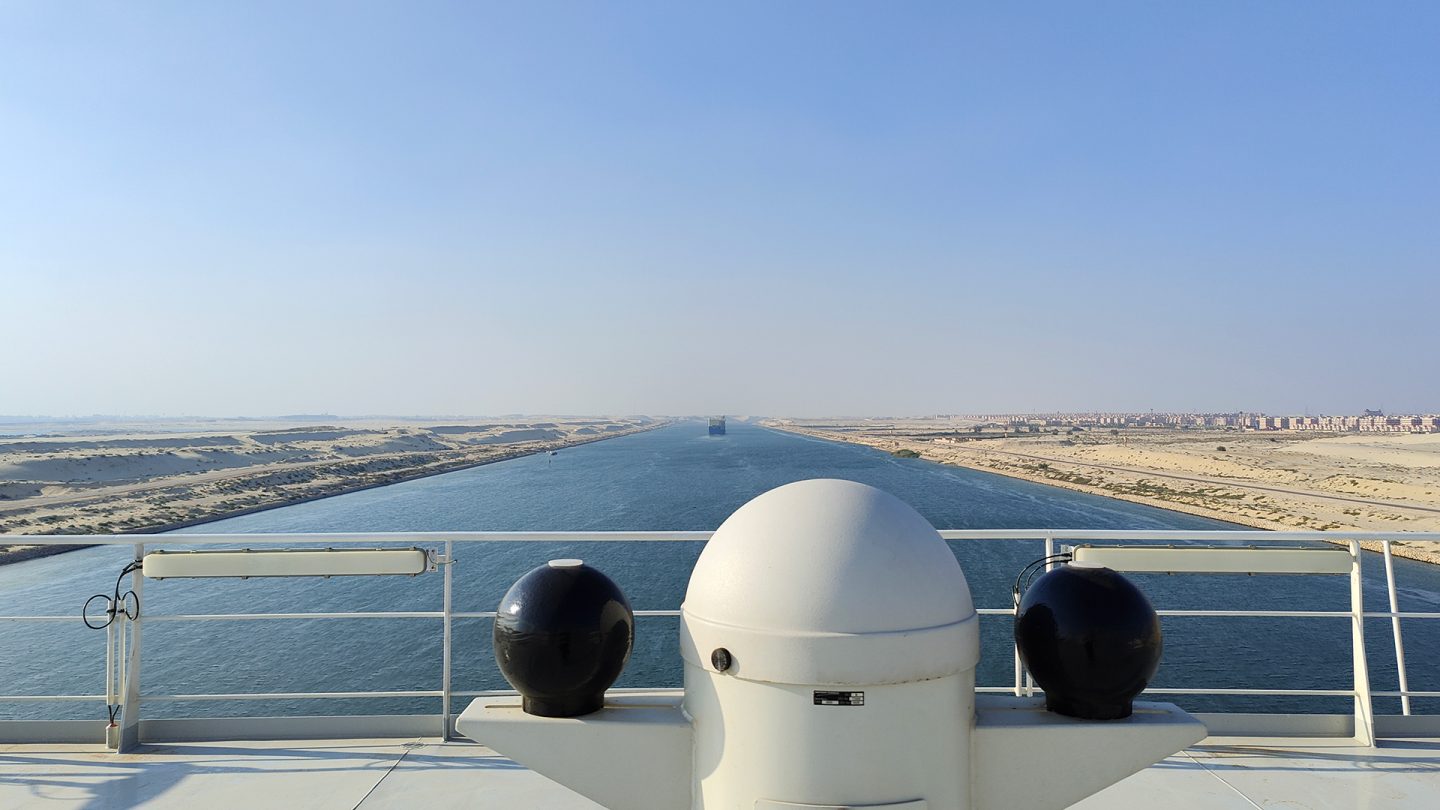
The Suez Canal stands as one of the crucial maritime arteries of the world. Geographically, it links the Red Sea to the Mediterranean, serving as a pivotal passage for global shipping. Finnsirius also passed through the Suez Canal on its route.
Arrival at the Gulf of Suez
From the Indian Ocean, Finnsirius’ journey led through the Red Sea, culminating in the Gulf of Suez. Ahead lay the thrilling and tightly controlled passage through the Suez Canal.
The endpoints of the Suez Canal are the port city of Suez in the south and Port Said in the north, situated along the shores of the Mediterranean. Both cities are under the jurisdiction of Egypt. Spanning the distance between Port Said and Suez is the 193-kilometer-long Suez Canal.
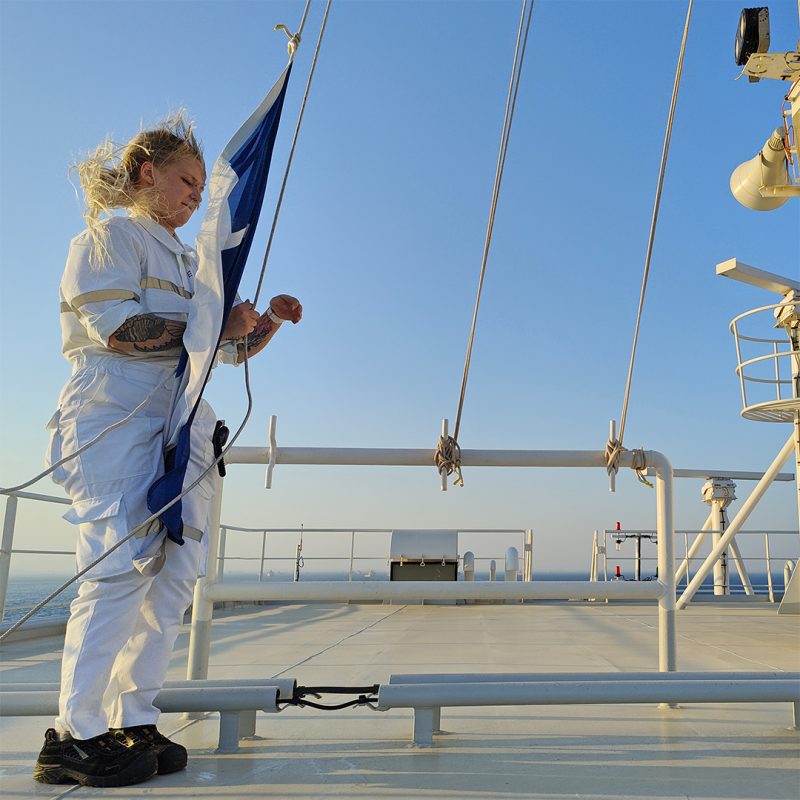
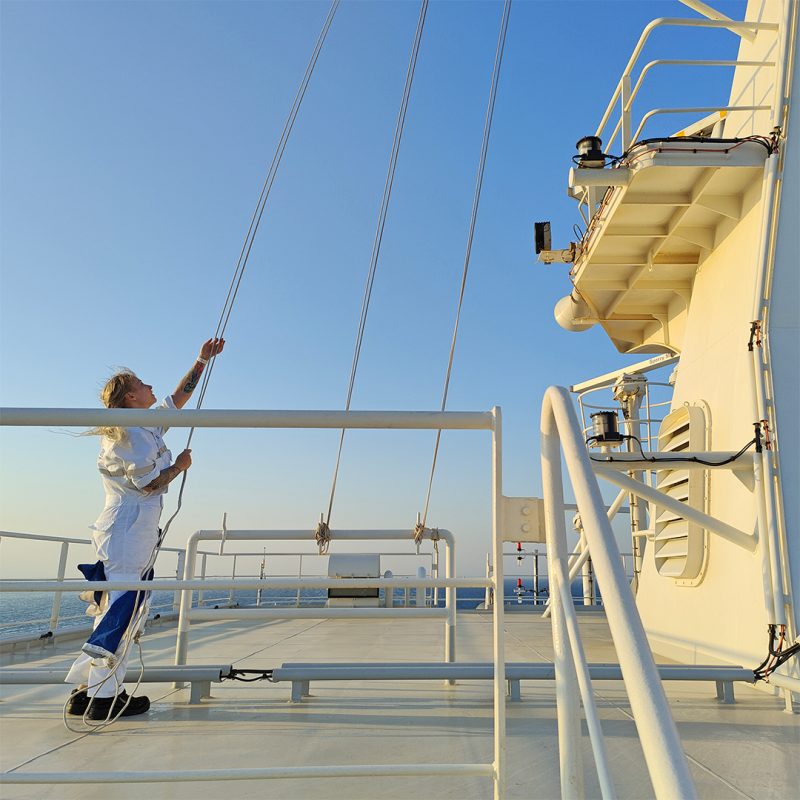
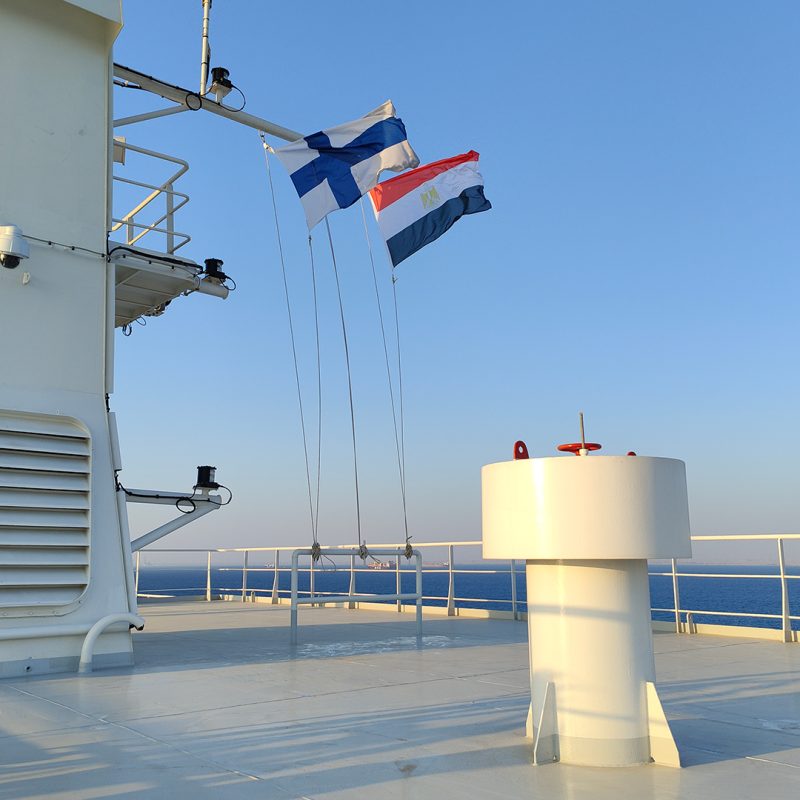
Gathering a Convoy
An essential aspect of navigating through the Suez Canal involves assembling an appropriate-sized fleet of ships. Precise rules dictate the composition of each convoy. In a convoy, vessels travel in a tight formation, which necessitates considering factors like the number of oil and other tankers from a safety perspective. The determination of convoy composition is managed by the Egyptian authorities overseeing the Suez Canal.
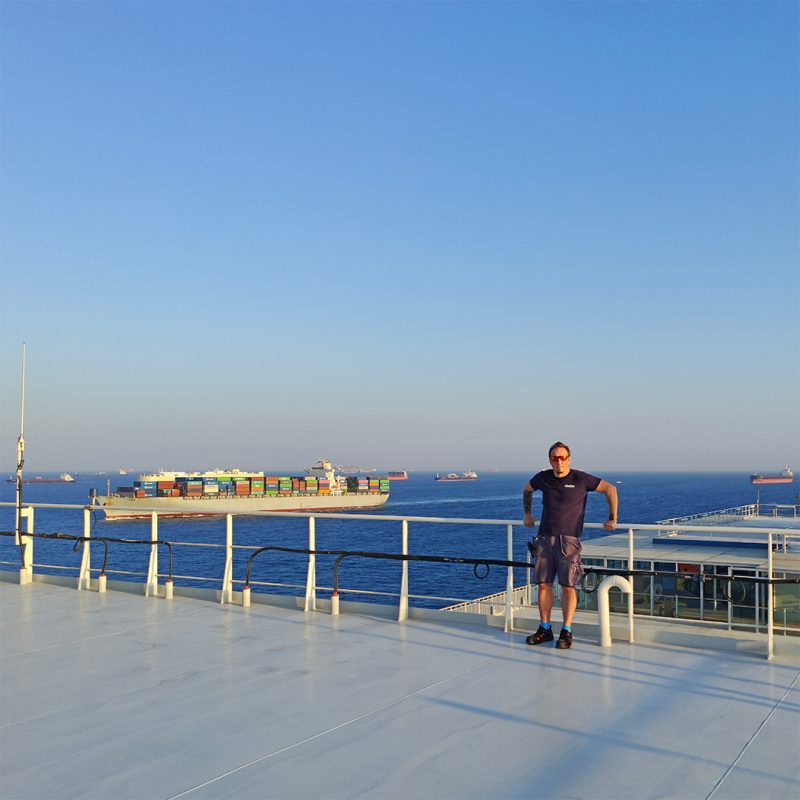
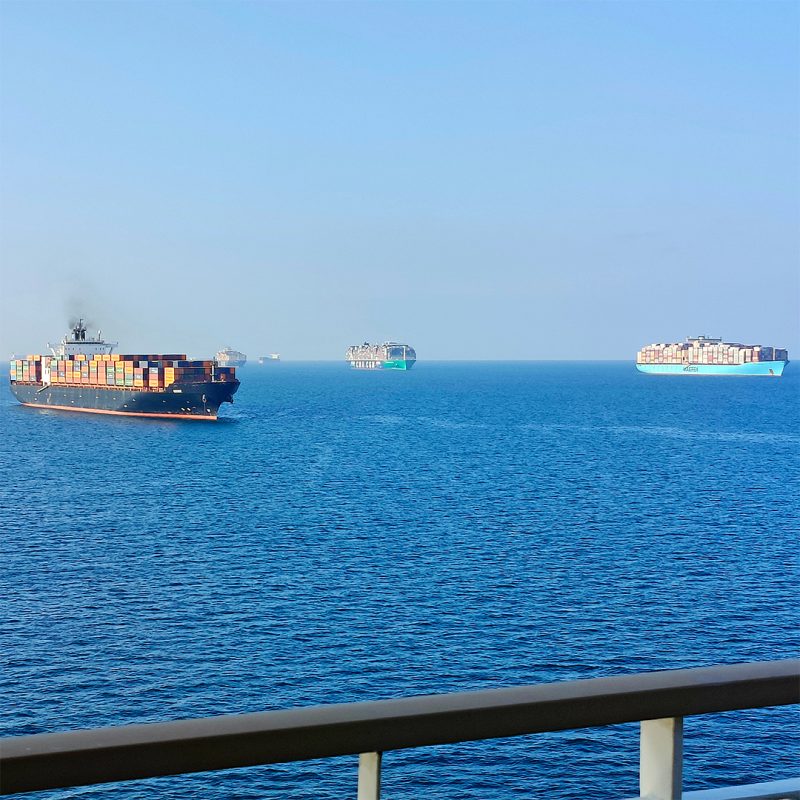
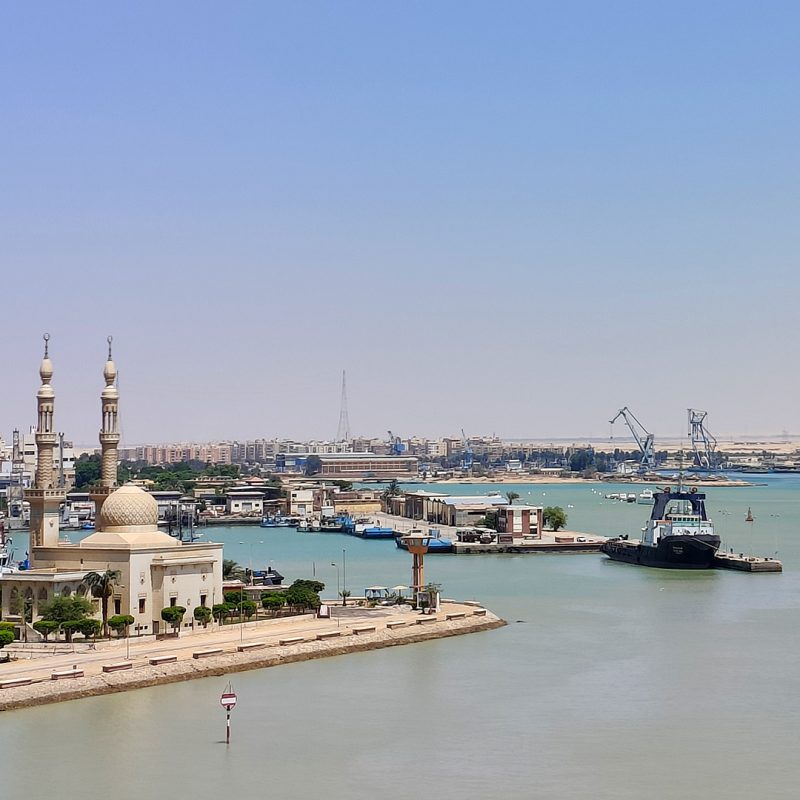
The process of integrating the Finnsirius into the ship convoy commenced after bunkering. This involved waiting at the anchorage point off the coast of the city of Suez, where ships aiming to traverse the canal gather for convoy formation. Egyptian authorities conducted a routine visit aboard the Finnsirius. A ten-member delegation, including Finnlines’ agent, canal inspector, electrician, quarantine inspector, and a security team comprising a few individuals, arrived. Formalities were attended to, everything was in order, and then we simply awaited.
Our Superstar ship set off in the convoy slightly behind the original schedule. Apparently, there had been delays due to a ship in the previous convoy experiencing some issues. Alongside the Finnsirius, a total of 32 vessels joined the convoy. The Finnsirius comfortably held the second position in the line.
Further down the route of the Suez Canal, in its southern part, there lie two “lakes” known as the Bitter Lakes, containing saline water. From the Great Bitter Lake, the Finnsirius convoy added twelve more vessels, and the journey continued.
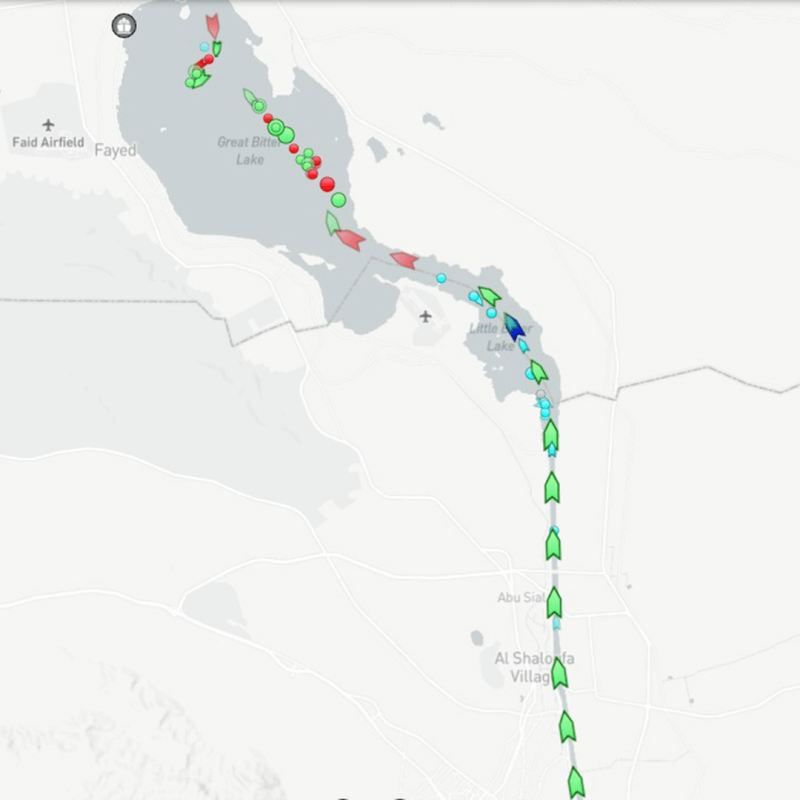
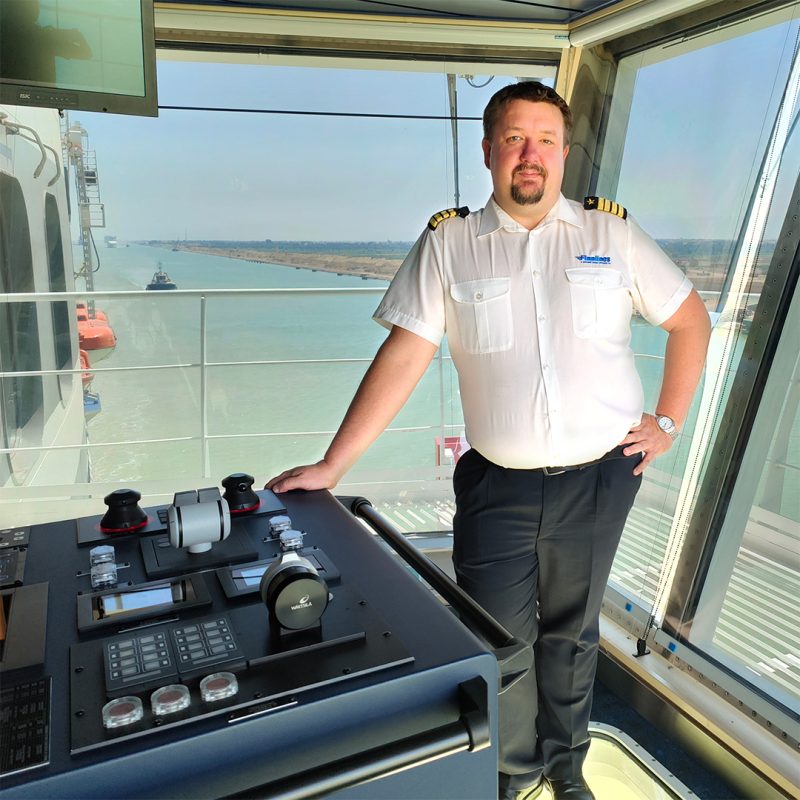
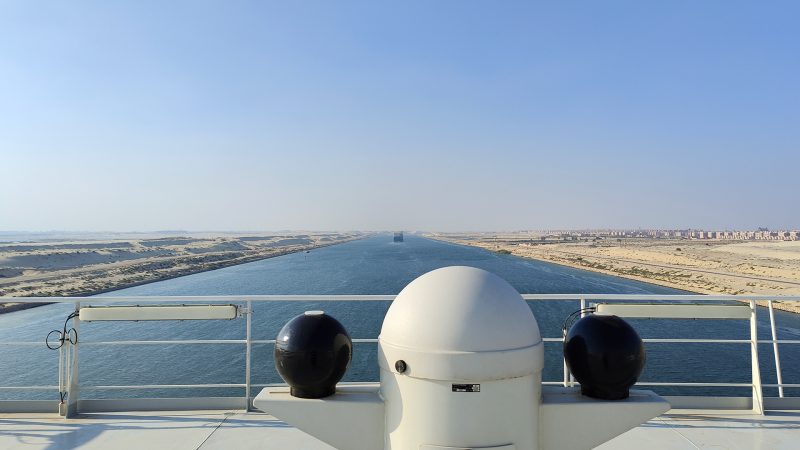
Provisions from Italy and Sweets from Finland
The leg after the Suez Canal is comparatively short compared to the distance already covered by the Finnsirius. The next stop is just a couple of days away in Italy, where the crew is anticipating provisions to restock their supplies. After the extended ocean journey, fresh supplies are becoming scarce. From Italy, the crew will be receiving fresh vegetables, salads, and fruits. Italian gelato has also been ordered, along with pizza flour, olive oil, and cheeses. Planned crew changes will also take place in Italy. The remaining crew has also pre-ordered some important Finnish provisions, which the replacement crew will bring onboard: licorice, kiss-kiss candies, and xylitol gum.
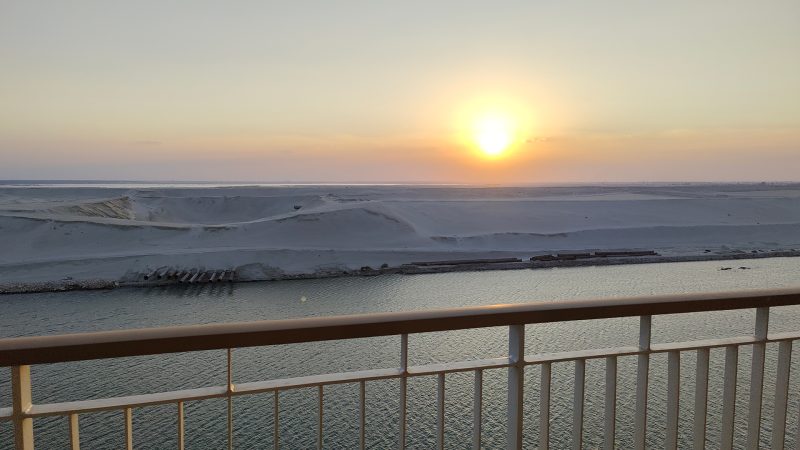
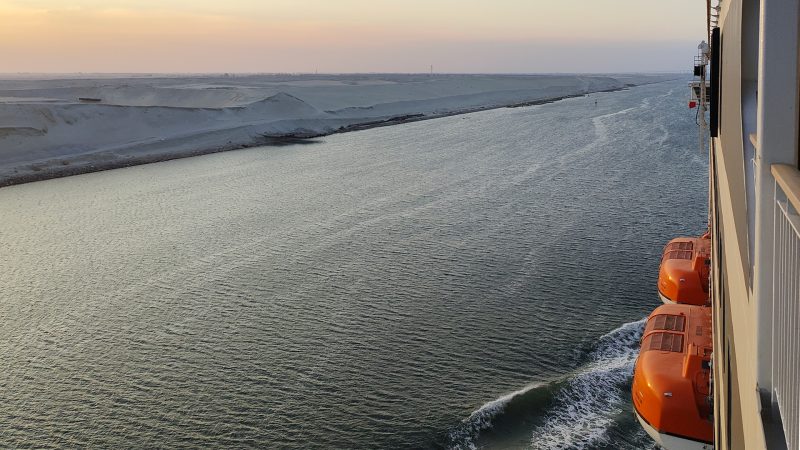
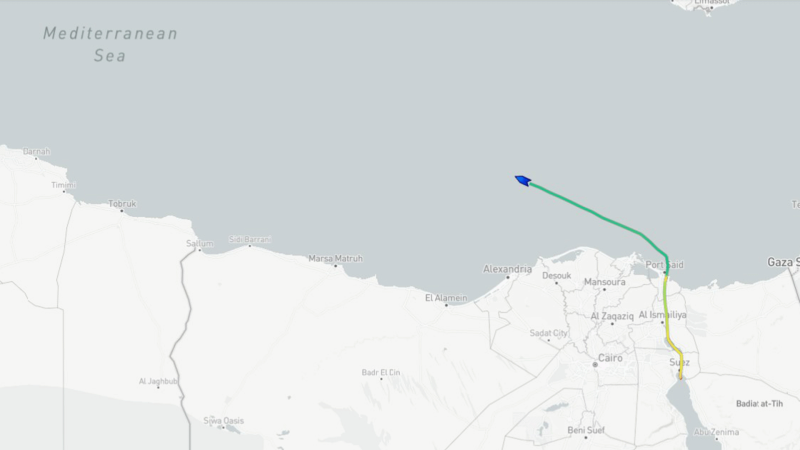
Press Release August 22, 2023: Finnlines’ new vessel, Finnsirius, debuts in September – special program during the maiden voyage
